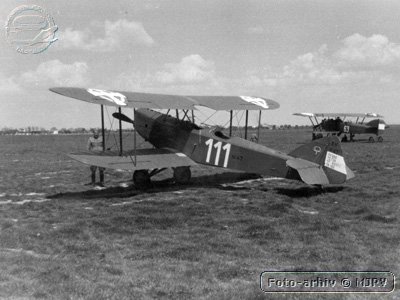Interesting facts and figures on the Balkans on May in 1941

German paratroopers landing near Chania on Creta 3. 5. - Italy annexed the southern part of Slovenia, and established Ljubljana province. 4. 5. - The Government of the Kingdom of Yugoslavia declared war on Hungary and Bulgaria. 6. 5. - Djurdjevdan rebellion against the Ustasha authorities in the Serbian villages near Sanski Most, crushed for two days. Ljubljana province 9. 5. - Closed embassies of Norway, Belgium, and Yugoslavia in Moscow (the German request). 12 - 13. 5. - Colonel. Dragoljub Mihailovic with a group of soldiers and officers began organizing the guerrilla movement on Ravna Gora. 12 - 13. 5. - In Glina in Croatia killed 300 Serbs, causing protests Cardinal Alojzije Stepinac. 13 5 - Interior Minister Andrija NDH Artuković prescribes "Implementing order on the organization and operations of the Directorate for Public Order and Security", the main asset of the criminal policy against the Serbs, Jews, and Croatian pa





